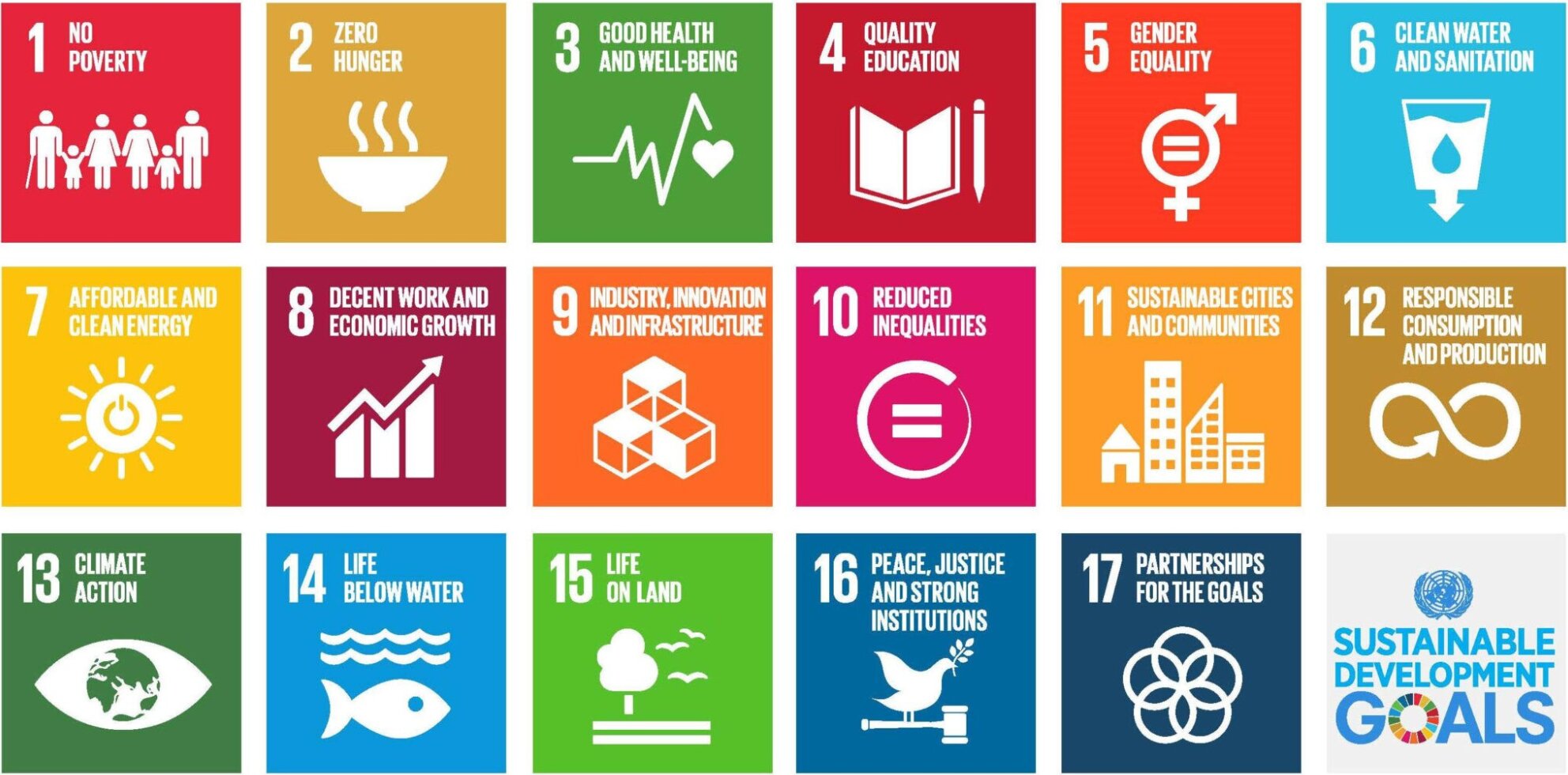Biodiversity & Environment
State of India’s Environment Report 2022: CSE
- 05 Mar 2022
- 7 min read
For Prelims: State of India’s Environment Report, Sustainable Development Goals, United Nation, Manual Scavenging, India’s National Targets, SDG Rankings.
For Mains: Environmental Pollution & Degradation, India’s SDG targets and its achievements.
Why in News?
Recently, the Centre for Science and Environment (CSE), released the State of India’s Environment Report 2022.
- The report is the annual publication of the Centre for Science and Environment, and Down To Earth (magazine).
- The report focuses on climate change, migration, health and food systems. It also covers biodiversity, forest and wildlife, energy, industry, habitat, pollution, waste, agriculture and rural development.
- CSE is a public interest research and advocacy organisation based in New Delhi.
Where does India Stand on Achieving its National Targets?
- Economy: The target for the economy is to raise the Gross Domestic Product (GDP) to nearly USD 4 trillion by 2022-23. But by 2020, the economy has grown only to USD 2.48 trillion.
- The economy has largely shrunk during the Covid-19 pandemic, making it even more difficult to meet the deadline.
- Employment: The target is to increase the female labour force participation rate to at least 30% by 2022-23.
- It stood at 17.3% in January-March 2020.
- Housing: The targets are to construct 29.5 million housing units under Pradhan Mantri Awas Yojana (PMAY)-Rural and 12 million units under PMAY-Urban.
- Only about 46.8% and 38% respectively of the targets under ‘Housing for All’ have been achieved.
- Drinking Water: The target is to provide safe piped drinking water to all by 2022-23.
- Only 45% of the target has been achieved.
- Agriculture: The target is to double farmers’ income by 2022. While the average monthly income of an agricultural household has increased to Rs 10,218 from Rs 6,426, this increase is largely due to increase in wages and income from farming animals.
- The share of income from crop production in the average monthly income of an agricultural household has, in fact, dropped — to 37.2% in 2018-19, from 48% in 2012-13.
- Digitisation of Land Records: Another target is to digitise all land records by 2022. While states like Madhya Pradesh, West Bengal and Odisha have made good progress, states like Jammu and Kashmir, Ladakh and Sikkim languish at 5%, 2% and 8.8% digitisation of land records, respectively.
- Overall, the target is unlikely to be met, particularly because 14 states have witnessed deterioration in the quality of land records since 2019-20.
- Air Pollution: The target is to bring down Particulate Matter (PM) 2.5 levels in Indian cities to less than 50 micrograms per cubic metre (µg/m3). In 2020, when vehicular movement was restricted due to the pandemic, 23 of the 121 cities monitored for PM2.5 exceeded 50 µg/m3.
- Solid Waste Management: The target is to achieve 100% source segregation in all households.
- The overall progress is 78%, and while states like Kerala and Union territories like Puducherry have achieved the target, others like West Bengal and Delhi are woefully behind.
- Manual scavenging is targeted for eradication, but India still has 66,692 manual scavengers.
- Forest Cover: The target is to increase it to 33.3% of the geographical area, as envisaged in the National Forest Policy, 1988.
- By 2019, 21.6% of India was under forest cover.
- Energy: The target is to achieve 175 GW of renewable energy generation capacity by 2022.
- Only 56% of this target has been achieved thus far.
What was India’s Performance on Sustainable Development Goals?
- India has slipped three spots to rank 120 on the 17 Sustainable Development Goals (SDG) adopted as a part of the 2030 agenda by 192 United Nations member states in 2015.
- In 2021 India ranked 117 among 192 nations.
- India’s overall SDG score was 66 out of 100.
- India’s rank dropped primarily because of major challenges in 11 SDGs including zero hunger, good health and wellbeing, gender equality and sustainable cities and communities.
- India also performed poorly in dealing with quality education and life on land aspects.
- In 2021, India had suffered on the fronts of ending hunger and achieving food security, achieving gender equality and building resilient infrastructure, promoting inclusive and sustainable industrialisation and fostering innovation.
How did the Indian States Perform?
- Jharkhand and Bihar are the least prepared to meet the SDGs by the target year 2030.
- Kerala ranked first, followed by Tamil Nadu and Himachal Pradesh in the second position.
- The third position was shared by Goa, Karnataka, Andhra Pradesh and Uttarakhand.
- Among the Union Territories, Chandigarh was ranked first, followed by Delhi, Lakshadweep and Puducherry in the second place and the Andaman and Nicobar Islands on the third
PYQ
Q. Consider the following statements: (2016)
- The Sustainable Development Goals were first proposed in 1972 by a global think tank called the ‘Club of Rome’.
- The Sustainable Development Goals have to be achieved by 2030.
Which of the statements given above is/are correct?
(a) 1 only
(b) 2 only
(c) Both 1 and 2
(d) Neither 1 nor 2
Ans: b





